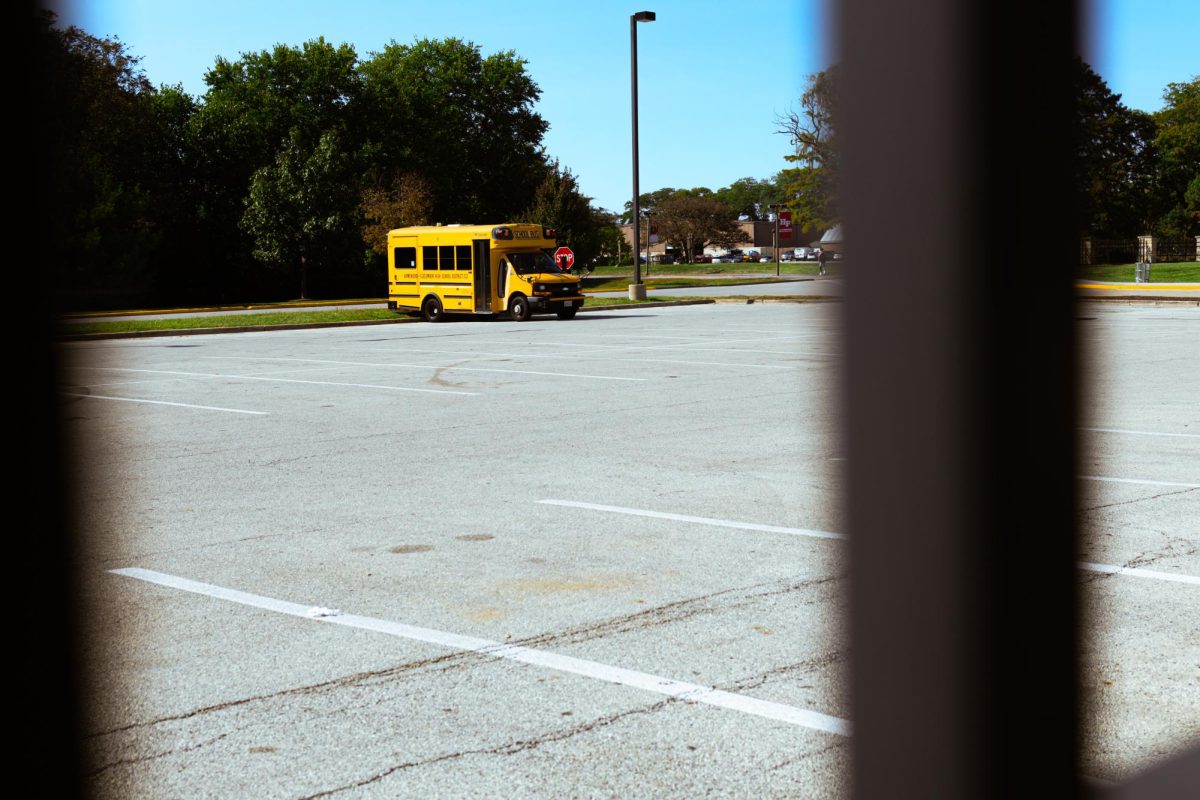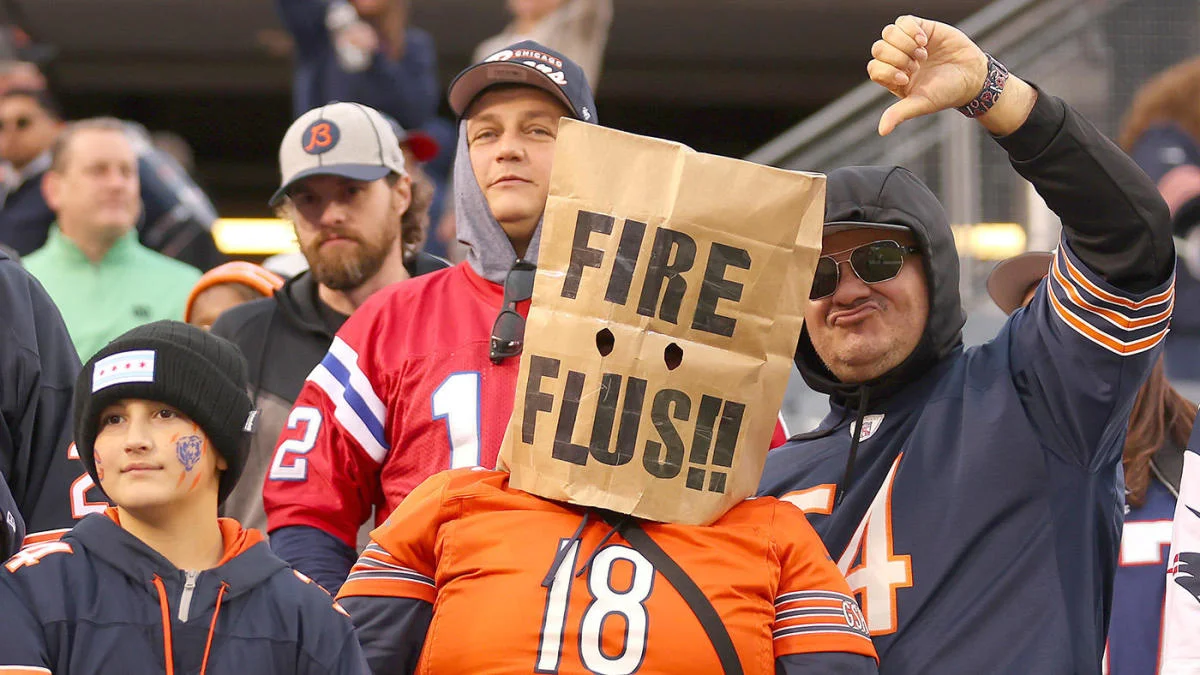Animal shelter intakes have recently risen due to pet owners returning the animals they adopted during COVID-19.
The surge in pet adoptions during the pandemic was due largely to quarantine restrictions placed on the country. As people began to feel lonely, isolated or bored, a new furry friend served as an emotional resolution for many Americans. According to the American Society for the Prevention of Cruelty to Animals (ASPCA), one in five households nationwide adopted a pet during the pandemic (23 million households).
However it seems as if pets have grown to be unfeasible for many American homes. But why?
The fluctuating state of the economy has made owning pets more difficult with the effects of inflation. According to LendingTree, 87% of pet owners say they’ve noticed increased pricing on key expenses, such as pet food or veterinary services.
Finding affordable housing is hard enough for low-income households, let alone affordable housing which is also pet-friendly. Many apartment complexes place restrictions on pet size as well, resulting in shelters having a particularly high intake rate of animals that weigh above 40 pounds.
This opens the wider issue of many large cities adopting a political culture that is indifferent towards pets. Shelter system budgets are often proven to be too low, ever since the early 2000s when the issue became a real problem.
Published in August of this year, Vox stated that animal shelters all over the country are being filled to the brink with abandoned dogs and cats. In 2022, four percent more animals were being returned to shelters than left. This may not seem like much, but even one percentage point can equate to tens of thousands of animals.
Animal Shelters Count predicts that by the end of 2023, the population gap will reach five percent.
Additionally, the country faced an extreme veterinarian shortage that has denied many animals the care they require. This resulted in many shelters or clinics placing a hold on shelter intakes, and effectively a huge rise in strays. Helpless animals are forced to rely on rescue groups to move them into foster homes. However, many rescue groups have begun to be overwhelmed by the amount of surrenders and have taken in fewer animals, according to The New York Times.
It seems as if many of the animals have no place to go.
If an animal is denied from a shelter, owners may respond by either reporting the pet as a stray, or by simply kicking them out of their homes. According to the American Society for the Prevention of Cruelty to Animals, approximately 2.7 million dogs and cats are killed every year due to shelters being too full and the lack of foster or adoptive homes.
To help promote these animals on social media, you can visit dosomething.org.















